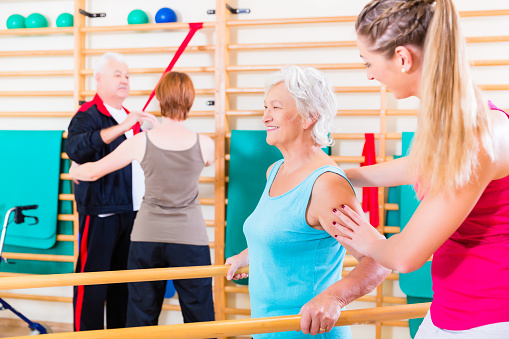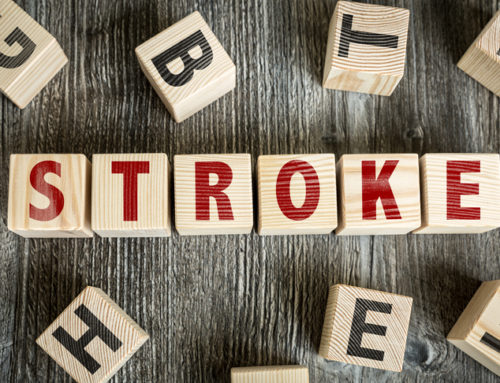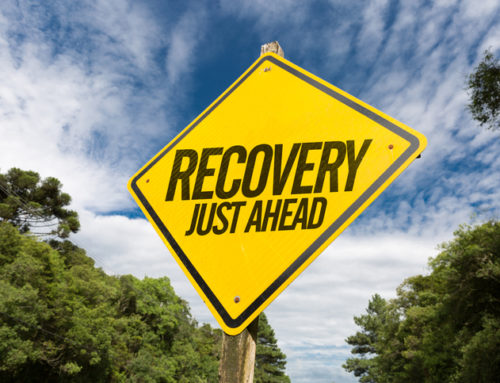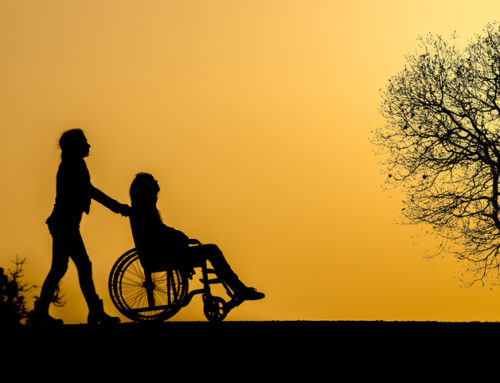Building Back Strength Post Stroke
It has been known for decades, that patients who are post stroke do have the ability to not only strengthen the ‘good’ side, but the ‘bad’ side, as well.
One type of training is called, ‘bilateral training’–both sides of the body are exercised simultaneously. This practice will benefit both sides. As one’s strength increases, so does their balance and coordination. When one engages in ‘bilateral training’, the process of healing and recovery can begin.
The goal behind this training is to have the patient aim at a target by alternating the hand/arm of the ‘good side,’ hitting the target further away than the hand/arm of the ‘bad side.’ This can also be done for the legs/lower body—taking the same type of step in both legs, regardless of the ‘bad side’. ‘The concept is to ‘strengthen the good to strengthen the bad.’ According to Peter G Levine, the author of “Stronger After Stroke”, increasing the strength of a stroke victim can be helped by ‘repetition of task-specific movements, proper scheduling of practice, setting goals and recognizing when they have been achieved and recognizing that there are challenges at each stage of recovery. [2] In addition to ‘Bilateral Training’, resistance training is also beneficial. Dorsiflexion, the backward bending and flexing of the hand or foot can help to strengthen the ‘good side’ as much as 34% and 31% on the ‘bad side.’ This exercise has been implemented for patients who suffer from foot drop- ‘weakening of the muscles that allow for flexing of the ankle and toes. This condition causes the individual to drag the front of the foot while walking. To compensate for this dragging, the patient will bend the knee to lift the foot higher than in a normal stride.[3] Of course, there are several rehabilitation techniques that can help to strengthen a stroke victim, but these are a just a few ways to consider. [1] www.recoverfromstroke.blogspot.co.uk [2] Peter G Levine: “Stronger After Stroke” [3] www.www.spine-health.com






